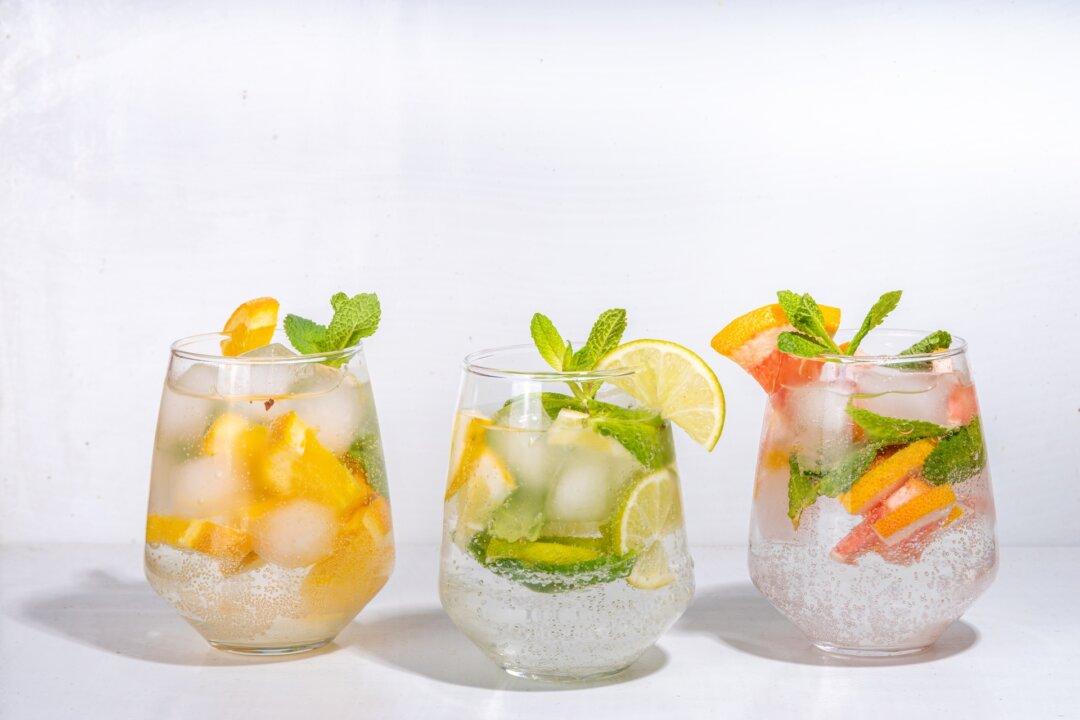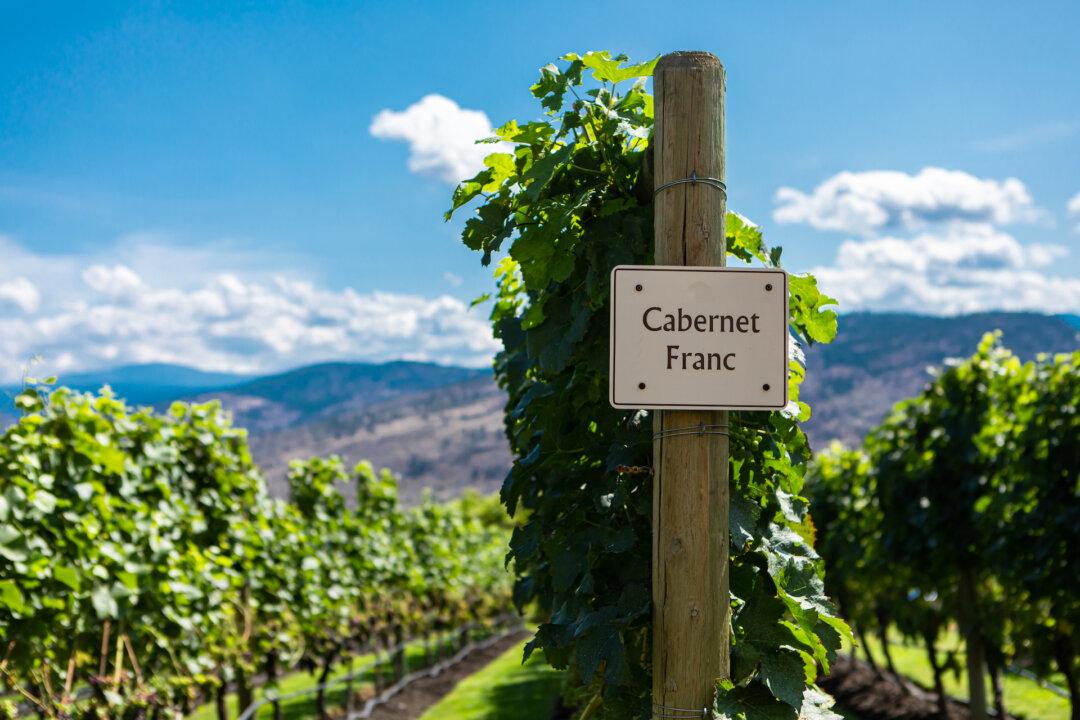One of France’s finest wine-growing regions, and one of its least understood, is the northern district of Alsace, a hilly region bordering Germany with a populace that’s as comfortable speaking German as it is French.
Moreover, the grape varieties of Alsace (almost all of them white) are also found in Germany, with riesling, gewurztraminer, and pinot gris at the top of the list, and pinot blanc, muscat, and sylvaner right behind.
Germany occupied Alsace for nearly 90 years over several decades and wars, but the two wine cultures have different wine styles. Germany generally prefers to balance its naturally high acids with residual sugar, halting fermentations before all the sugars have been converted. Alsace prefers more of the dry approach. But both areas also make stylish off-dry wines.
Alsace has traditionally treated these wines as accompaniments to one of France’s most interesting regional cuisines. To that end, it has historically kept its wines drier.
As wine author Hugh Johnson wrote decades ago in his “The World Atlas of Wine,” “Instead of grape sugar lingering delicately in the wine, the grower likes a dry, firm, clean flavor, fermenting every ounce of the sugar which the long dry summers of Alsace give.”
This produced wine with heft, rich on the palate with 13 percent or even 13.5 percent alcohol. It was generally tart enough to cut through all the richness of pressed duck, foie gras, and the like.
Alsace wine always was seen as a learned experience because of its high acidity, but with food, the wines were brilliant.
It has long been the one fine-wine region of France allowed to use the name of the grape variety on the label. Other French fine wine regions use the names of their communes or other geographic identifiers as the wines’ names.
In terms of style, the dry approach in Alsace began to erode in the 1980s. A few producers started getting high scores from some wine publications for wines that were sweeter. That prompted other Alsace wineries to make some wines with sugar. Between the mid-1990s and about 2005, many Alsace wines were softer than they had been.
Recent vintages have reverted to the more classically dry. As the pendulum swings back toward dryness, the wines more resemble what they were in the 1970s.
Alsace also produces some gorgeous dessert-style wines—when Mother Nature cooperates. Some of Alsace’s best sweeter wines are called vendange tardive, made from late-harvested grapes. They can be gloriously decadent and pricy.
Most dry Alsace whites are priced about $15 to $20 per bottle and carry the name of the grape variety.
At least two dozen producers of wine in Alsace export their products to the United States. Of all the grapes they grow, the classic Alsace white wine is gewurztraminer, a wildly aromatic wine that often has a trace of residual sugar to offset the possibility of astringency.
Wine of the Week
2019 Gustave Lorentz Pinot Blanc, Alsace ($16): Elderflowers, peaches, and a hint of dried pineapple in the aroma, and a slight sweetness in the midpalate mark this attractive, medium-weight Alsace white.





